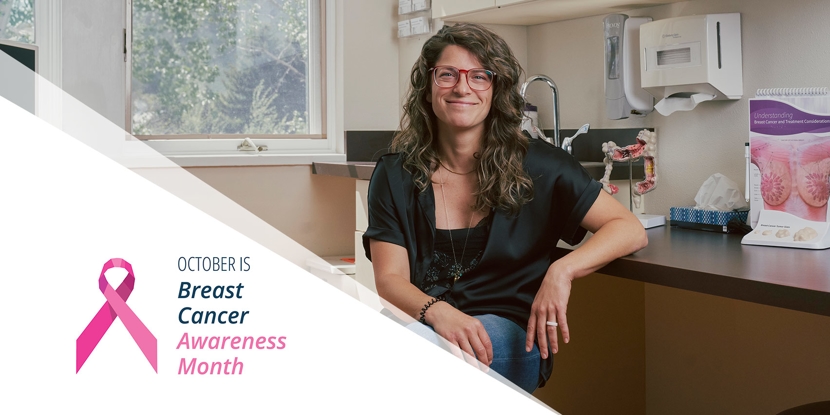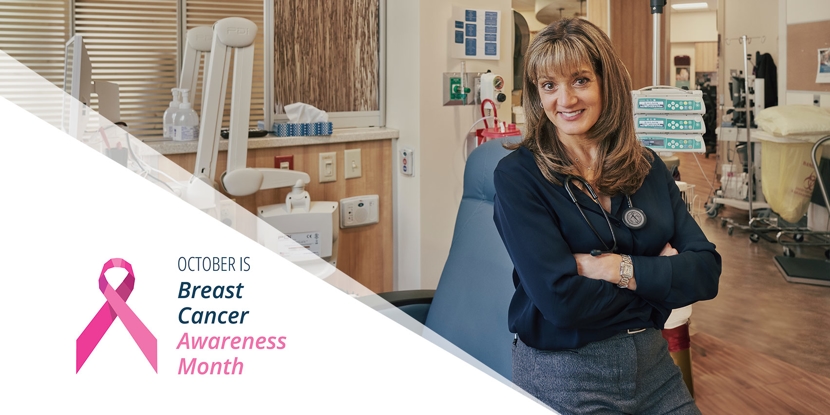Your Guide to Building a Better Diet
- Category: Internal Medicine, Nutrition Counseling, Wellness, Family Health
- Posted On:
- Written By: St. John's Health

Building a Balanced and Nutritious Diet
The foods you eat impact almost every area of your health and wellness, making it imperative to develop a balanced diet. But like many people, you may find yourself wondering where to start. Here’s what you need to know to help you to eat better and live healthier.
Recommended Amounts of Each Food Group
As you embark on your journey toward building a balanced and nutritious diet, it is important to know just how much of each food group you should be working into your diet. This helps you to get an idea of what types of meals you can put together.
It’s recommended that get these amounts of the major food groups every day:
- Vegetables: 2 to 3 cups
- Fruits: 1.5 to 2 cups
- Whole grains: 5 to 8 ounces
- Protein: 5 to 6.5 ounces
- Oils and fats: 5 to 7 teaspoons
Opt for Nutrient-Dense Foods
One of the best ways to ensure that you’re working in enough essential vitamins, minerals, and other nutrients into your diet is to include a wide variety of fiber-filled, nutrient dense, and antioxidant-rich whole plant foods at every meal. Some excellent examples of nutritious foods that can help you to build healthy meals and snacks include:
- Citrus fruits
- Leafy greens
- Salmon
- Shellfish
- Potatoes
- Eggs
- Berries
- Garlic
- Ginger
- Whole grains
- Plenty of water
Eat Foods High in Antioxidants
Antioxidants are compounds that help to prevent cellular damage. These man-made or naturally occurring compounds remove free radicals from the body, effectively preventing the development of serious illnesses like cancer.
Antioxidant-Rich Foods
Some antioxidant-rich foods to add to your shopping list include:
- Cranberries
- Red grapes
- Peaches
- Raspberries
- Broccoli
- Spinach
- Carrots
- Potatoes
- Artichokes
- Oatmeal
- Walnuts
- Hazelnuts
Make Your Plate Colorful
Whether you’re a full-time student or you’re working, it’s understandable that not everyone has the time to dedicate to extensive meal planning and prepping.
A simple way to do this is to pack your plate with as much color as possible to ensure you’re having a balanced meal. Plenty of colorful fruits and veggies can help to ensure you’re getting essential vitamins and nutrients.
Limit Your Sugar Intake
Another simple way to improve your diet is to pay closer attention to your sugar intake. While it can be difficult to cut our sugar altogether, it’s easier to focus on cutting back on added sugars present in your beverages and sweet treats.
Some easy ways to make this adjustment to your diet include:
- Cutting out sodas and juices with added sugar.
- Opt for unsweetened teas and coffees.
- Limit your consumption of desserts and candies.
- Choose fresh and dried fruits for a sweet treat.
Work with a Registered Dietitian or Health Coach at St. John’s to assist in transitioning to a plant-forward dietary lifestyle, the health-protecting, disease-fighting prescription.
From cardiovascular health concerns to injuries and general illnesses, our internal medicine offices are here to openly listen to your concerns and work with you to achieve overall better health and wellness. Visit our website to see the types of primary care we provide or to find a doctor, today!



